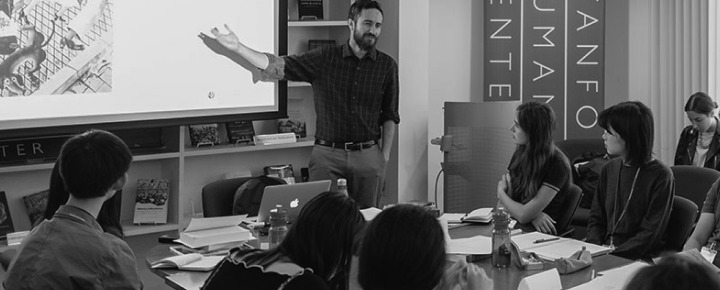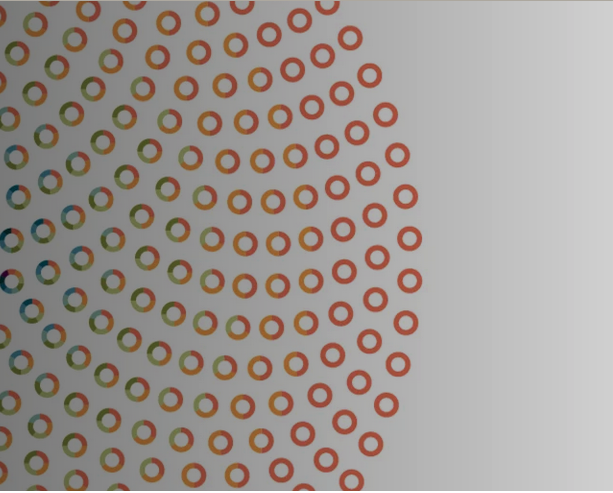There is the question of the influence of technology (or absence thereof) on the way we think and write. But I recently came across the question of the biology of writing: what are we writing with? Our minds, our hands, our guts, or an immaterial mix of subconscious/reason/emotion peppered with cruise-controlled linguistic automatisms? For years I had never thought about how connected my fingers were to my brain: how I was indeed a writer, someone who thinks and writes in one gesture. As in swimming or dancing, writing originates in the depth of a mind-body connection so intimate that it is foolish to try to enmesh what is at once nerve-muscle-brain and soul.
For almost 5 months, I have been forbidden the use of a keyboard and mouse. I’ve switched from one statistic (30% of pregnant women develop carpal tunnel in their third trimester) to another (repetitive stress injuries affect 8 millions of people in the United States). Well-meaning souls suggested I use my voice to dictate the many writing projects that were running in circles in my mind, desperately screaming for an escape to finally rush down through my fingertips. I have to admit that I was dismissive of the idea: how could I possibly “write” by dictating, when my experience of writing was one of instantaneous birth of words and sentences Under my fingers. And they danced on the rhythm of brain wavelengths that did not exist before the dancing itself. Writing was one complex moment of synchronicity: a fusion of thoughts, body motion, music, phrasé, alliterations, and associations that emerged in the moment from a magma of ideas and perceptions slowly cooking all along in every fiber, neuron, cell. Les synapses de la pensée s’allument dans le crépitement du clavier. When pressing each key started to send tiny electric shocks up my arms, there was no denying that texts came to life through the same numerological paths that enable me to brush my teeth or eat sushi with chopsticks.



